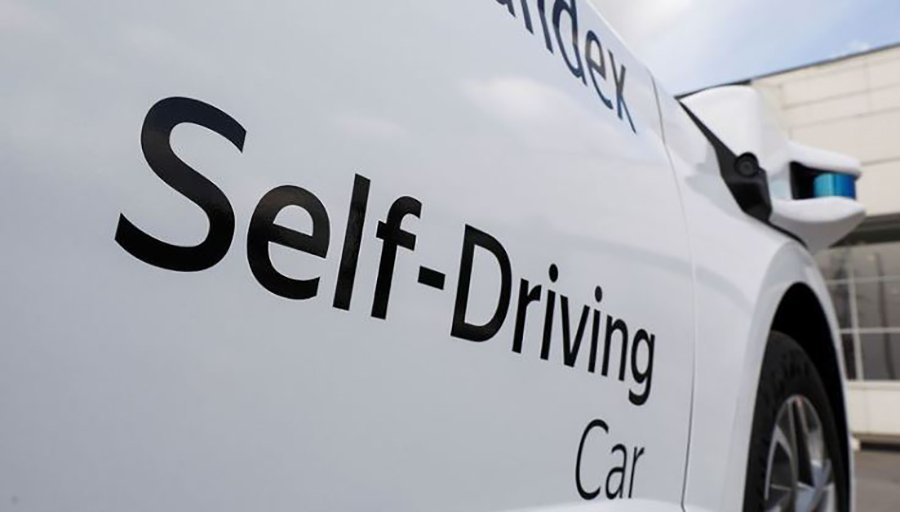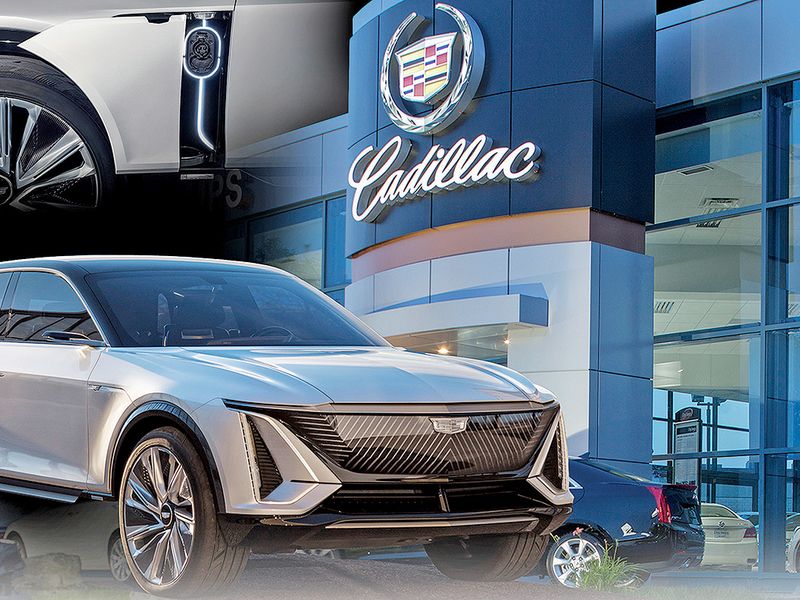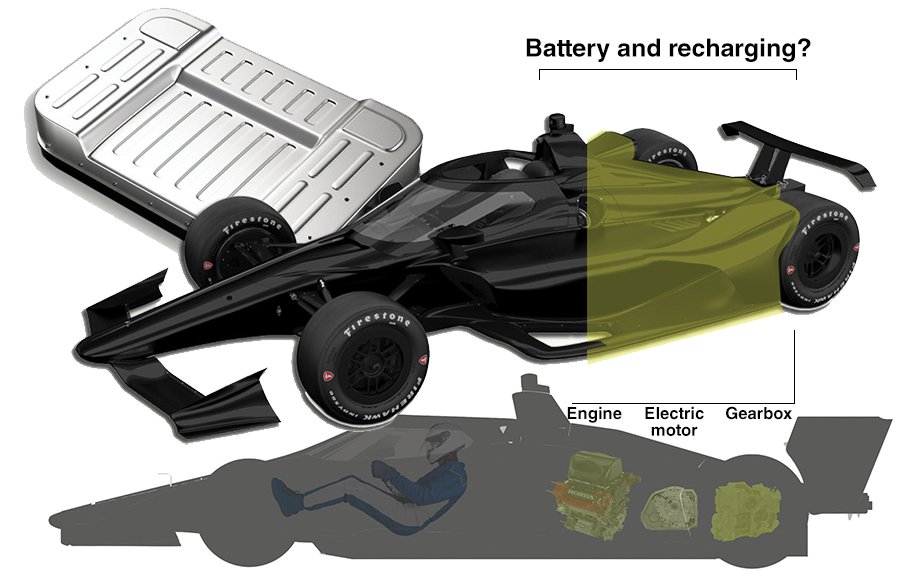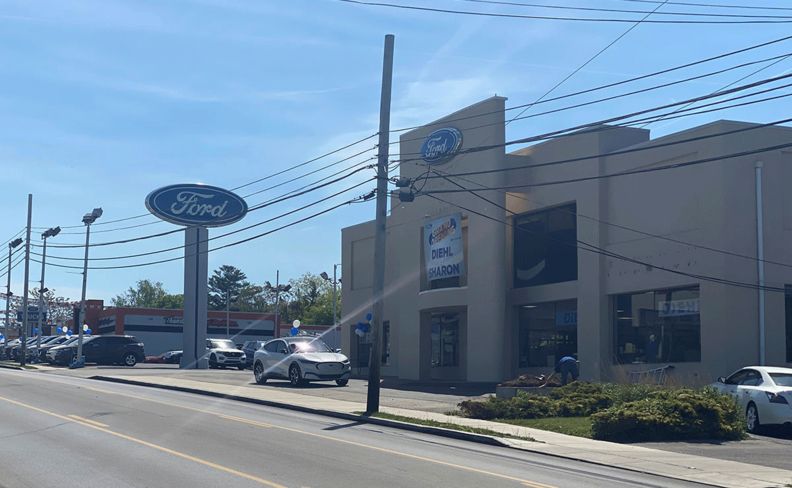<!–*/ */ /*–>*/
| Adapting while waiting for chip relief |

We know about the partially built cars waiting for microchips before they can be finished and shipped to dealers.
They prompted cartoonist’s Leo Michael’s take, above, on a potential trend inspired by the chip shortage.
The deficit has also prompted Jaguar Land Rover North America CEO Joe Eberhardt to imagine a different reality.
“We are severely understocked at the moment,” he says in Monday’s issue. “But it’s a good problem to have.”
Why?
“It increases our order bank,” he says. “Traditionally, as we sold from stock, we had only a very few cars where we actually took orders.”
And in an environment like that, good things happen. Inventories are much lower, and automakers aren’t forced to push cars onto consumers.
“The challenge for us will be to accurately forecast what the real demand is, then have the discipline to actually flex the production once we have availability to be aligned,” Eberhardt says.
The Detroit 3 no longer account for the bulk of the top 10 selling vehicles in the United States. But they do sweep the table in another measure: The 10 North American vehicles most affected by the microchip shortage all come from Ford, Stellantis and General Motors.
That’s according to our analysis of AutoForecast Solutions data on Page 1 of Monday’s issue.
And the biggest victim: Ford’s profit engine, the F-Series pickup. It’s one of the five Ford vehicles on the top 10 list. Stellantis follows with three of the top 10, and GM has two.
“It’s going to get worse because there is no quick fix for this,” said Bharat Kapoor, a partner at the Kearney management consulting firm.
No quick fix, perhaps. But Jean-Marc Chery, CEO of Swisschip maker STMicroelectronics, says automakers should begin to get some relief by early next year.
In a Q&A, he frames the situation in terms any executive could understand. The global semiconductor industry was prepared for a 7 percent increase in growth this year. But demand has risen by 20 to 25 percent above the planned capacity increase — in large part because of all the remote working spurred by the pandemic.
As a result, a global market “that was supposed to reach $580 billion in 2023 or 2024 is already there now.”
And it’s leaving Chery sounding a lot like JLR’s Eberhardt as he looks beyond this year: “We have to avoid building excessive inventory and better align the forecasts for car production and component production.”
 |

“As Congress undertakes the vital task of writing our nation’s first autonomous vehicle law, we urge this subcommittee to keep in mind the need to protect consumers in order to successfully move the needle forward for AV safety and deployment in the decades ahead.” |
– JASON LEVINE, EXECUTIVE DIRECTOR OF THE CENTER FOR AUTO SAFETY, IN TESTIMONY TO A U.S. HOUSE SUBCOMMITTEE |
|
From “Groups urge Congress to consider auto safety, work force concerns in AV legislation” |
 |
Coming Monday in Automotive News:

Cadillac’s road to EVs will be paved with ICE: GM’s luxury brand reported a 43 percent boost in Q1 retail sales — the best since 2014 — along with record-high transaction prices and eight consecutive months of retail growth. All this with a lineup of gasoline-powered vehicles. That’ll soon change, as Cadillac begins its foray into EVs next year with the 2023 Lyriq, a competitor to Tesla’s Model Y. Automotive News looks at Cadillac’s plan to go all electric. To succeed with EVs in the next decade, Cadillac says it needs to win with gasoline-powered vehicles today.

A new kind of Indy Car tech: The list of modern technologies pioneered on the racetrack before moving to regular production cars is long and well documented. But sometimes automotive technology travels the other way. And that is happening now as race car engineers figure out how to make a new hybrid “push to pass” system work safely and efficiently for the open-wheel cars that race in the Indy 500.
Weekend headlines
VW to halt output at Puebla plant for 3 weeks due to chip shortage: VW told dealers the new Taos compact crossover built at the Mexico plant will still launch in early June but the suspension will slow inventory buildup.
 |

Diehl Automotive buys its first Ford and Hyundai stores: The group on May 4 bought Preston Ford of Sharon and Preston Hyundai of Sharon, both in Sharon, Pa., from Preston Auto Group. The dealerships have been renamed Diehl Ford of Sharon and Diehl Hyundai.

Kia’s first BEV coming to U.S.: The EV6 crossover will be available in two battery options when it launches in early 2022. The vehicle will go on sale in all 50 states early next year, but the performance GT version won’t show up until late 2022.
 |
 |
A selection from Shift and Daily Drive:
 |
May 25, 2018: Forty-three-year General Motors veteran Bob Burger dies at 93. He was an outspoken advocate for dealers and led Chevrolet during its “Heartbeat of America” era in the 1980s. One of his memorable moments: At the 1989 National Automobile Dealers Association convention in New Orleans, he rode into the dealer party in the Superdome on a Mardi Gras float and tossed fake coins to the dealers.


